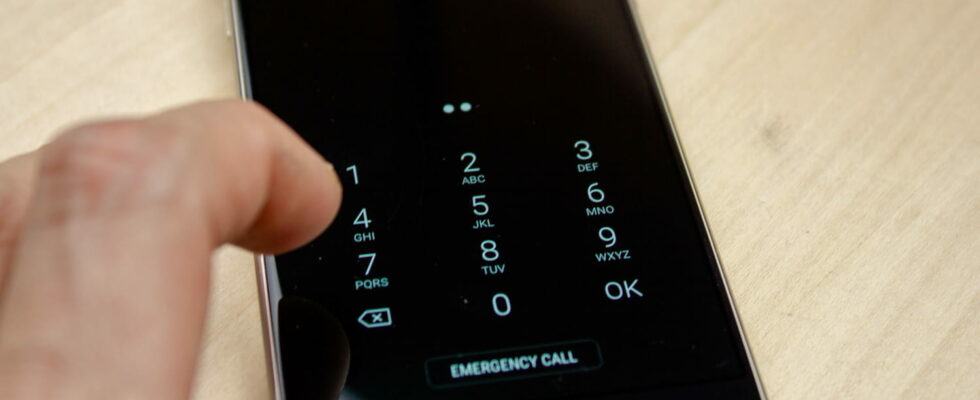Many French people still use simple and easy to remember unlock codes. Beware of the increasingly common risks of piracy!
It’s the first thing that appears when you turn on your smartphone screen. The PIN Code, for “Personal Identification Number”, is a personal identification number which allows a user to secure their phone in order to prevent data theft. It takes the form of a series of numbers going from 0 to 9 and thus offers a wide range of possibilities for users with a mobile phone. However, some are not without risks.
At a time when we live in a world marked by advances in digital technologies, the issue of data security is central. Whether it is to check bank income, access social applications or your email inbox, the password is present everywhere. Therefore, choosing a good PIN code for your smartphone is decisive. However, a recent study reveals that some passwords are far too common, and therefore more likely to be hacked.
An analysis of 3.5 million PIN codes around the world was recently carried out. The latter tells us that the code “1234” is the most popular with 11% of use. Not far behind, the codes “0000”, “1111”, “7777”, “1212”, “1004” and many others also remain very popular with the general public. And for good reason, these are very easy to remember. Some also opt for their date of birth but also their age or numbers linked to their memories. Codes attached to them and which can be easily discovered without their knowledge.
These users are the main target of hackers, capable of collecting data in a matter of seconds. It is obvious that the most common and easy to remember combinations are the ones that are most easily foiled. The experts in this study therefore recommend creating or changing code without any particular meaning, which will minimize the chances of being exposed to hacking. It is also strongly recommended not to use the same password several times.
There are methods to increase the security of your device. The first is to activate two-step identity verification in order to accept or not access to an IT resource. This verification is done via a signal sent to your phone or by email depending on your preferences. As for unlocking options, you can opt for fingerprint or facial recognition verification.
However, these technologies are not infallible and must remain associated with the management of your passwords. Another possible alternative is to make use of password managers. Tools that allow you to generate and memorize your passwords, even the most complex ones, and which offer you a secure interface.

